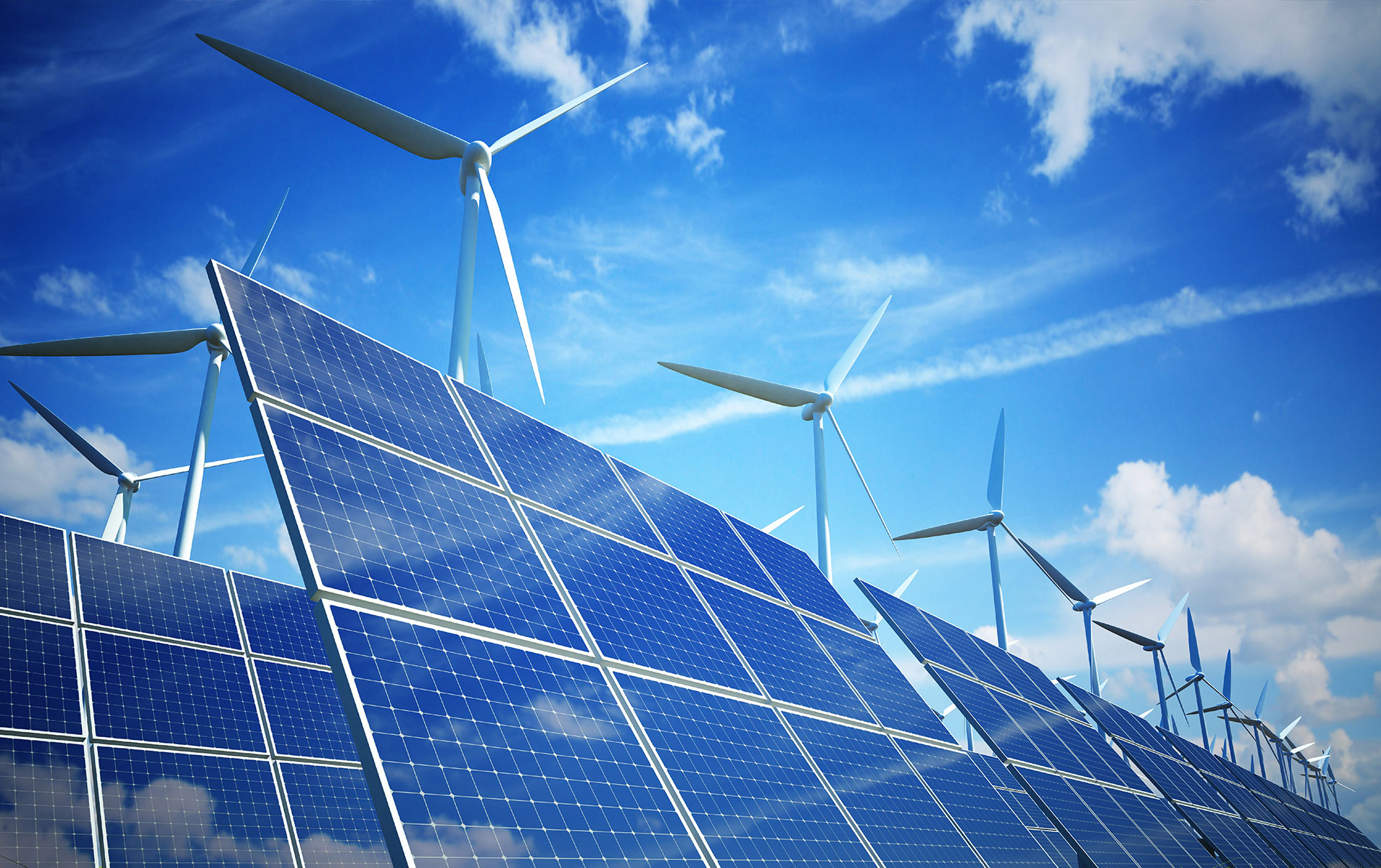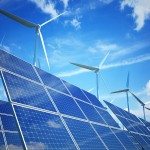Coral reefs have always lived near the edge. Now, thanks to global warming, life there is five times more precarious.
Forty years ago, the world’s coral reefs faced a known risk: every 25 or 30 years, ocean temperatures would rise to intolerable levels.
Corals would minimise the risk of death by everting the algae with which they lived in symbiotic partnership: that is, the reef animals would avoid death by getting rid of the algae, deliberately weakening themselves.








